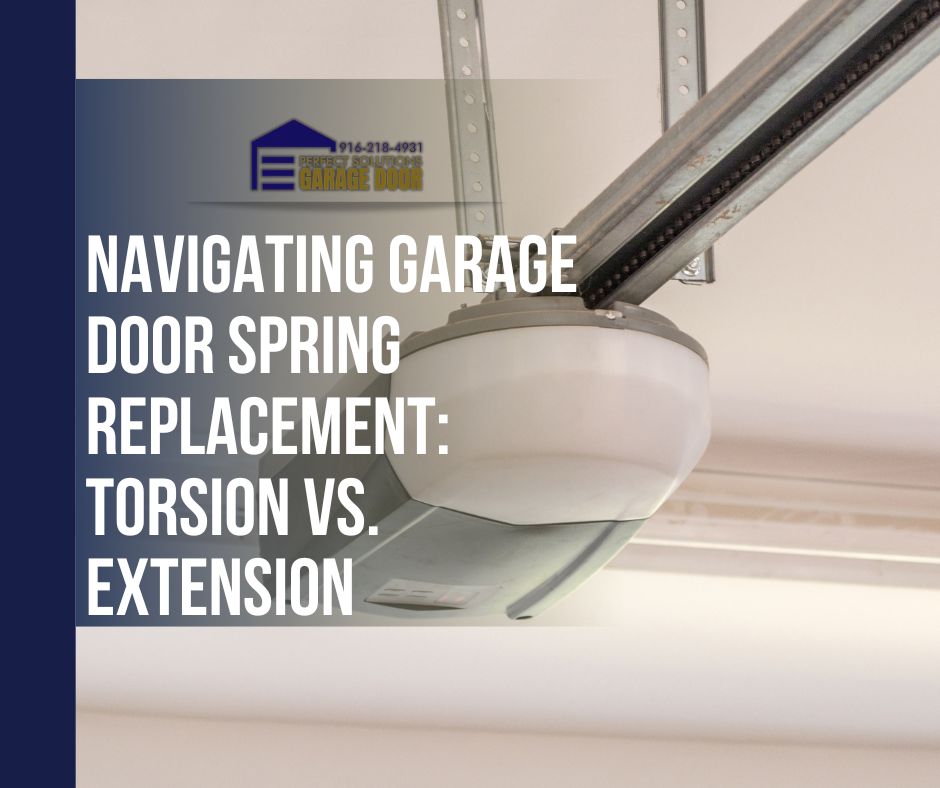The spectrum of garage door repair and maintenance is broad and intricate, with one of the most complex aspects being the spring mechanism. The two types of springs predominantly utilized in garage doors – torsion and extension – significantly differ in design, functionality, and replacement process.
This discussion will explore these two types of garage door springs in-depth, comparing their respective strengths and weaknesses. We will dissect the specific mechanisms of each spring type, delve into the nuances of their installation and replacement processes, and provide expert insights to guide homeowners in making informed decisions.
As we unravel this intricate subject, the importance of understanding the intricacies of garage door spring replacement will become increasingly apparent.
Understanding Torsion Springs:
Torsion springs, a critical component in the operation of garage doors, function by tightly coiling around a shaft to effectively and safely manage the lifting force of the door. These springs store mechanical energy as they are wound, which is released during the door’s operation, providing the power needed for the heavy lifting.
The life of a torsion spring is measured in cycles, with a single cycle being the process of the garage door opening and closing once. Typically, these springs are robust and reliable, requiring replacement only after thousands of cycles.
Recognizing the importance of torsion springs, both in terms of safety and operational efficiency, is crucial for effective garage door management.
Extension Springs: A Closer Look:
While torsion springs play an integral role in the operation of garage door spring replacement, another crucial component worthy of detailed examination is the extension spring. Operating under a principle of expansion and contraction, extension springs provide the counterforce needed for the door’s smooth raising and lowering.
A closer look at extension springs reveals several key attributes:
Material: Made from high-strength steel, extension springs are built to withstand the constant strain of garage door operations.
Mechanism: They stretch when the door is closed and contract when opened, providing the necessary balance.
Placement: Typically found on either side of the garage door, they function in pairs for balanced operation.
Maintenance: Due to their exposed position, regular inspection and maintenance are essential to prevent potential safety hazards.
Understanding these aspects ensures optimal performance of your garage door system.
Pros and Cons of Torsion and Extension Springs in Garage Door Systems
Garage Door Service Guide: Types of Springs and Their Functions

